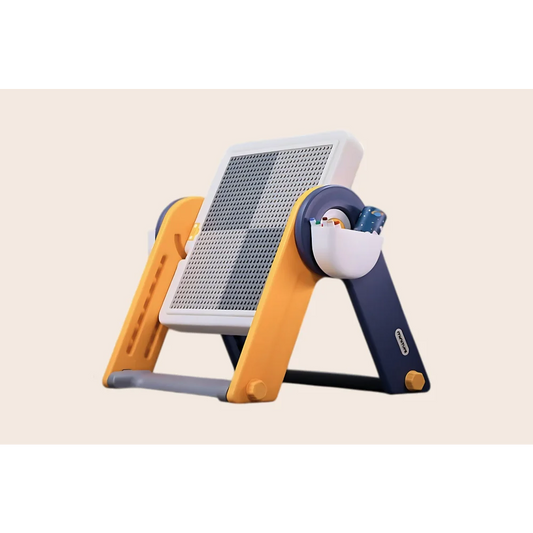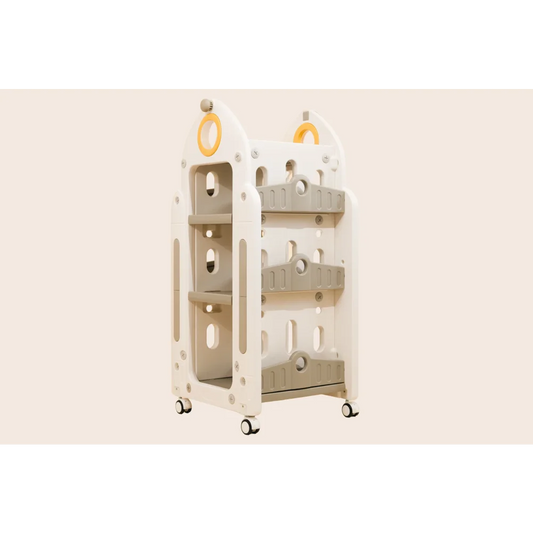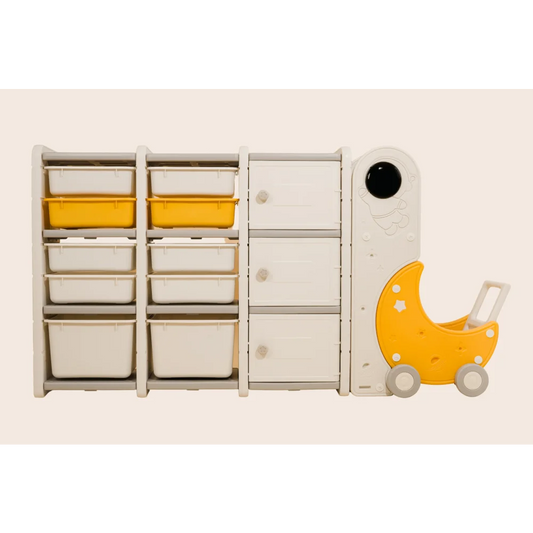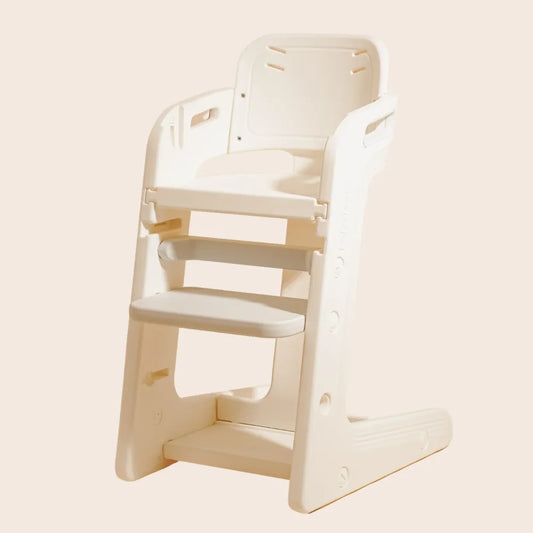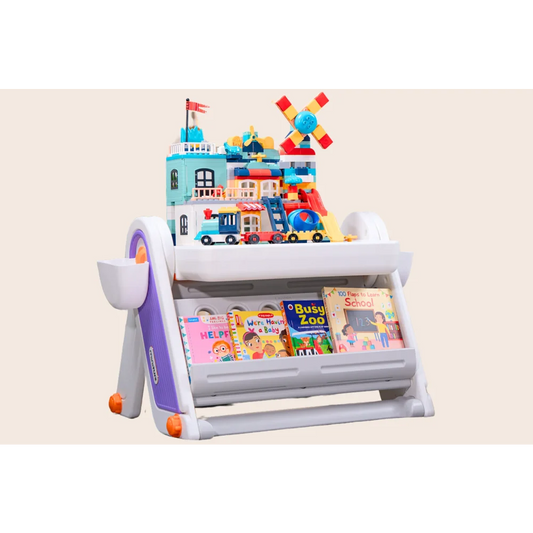
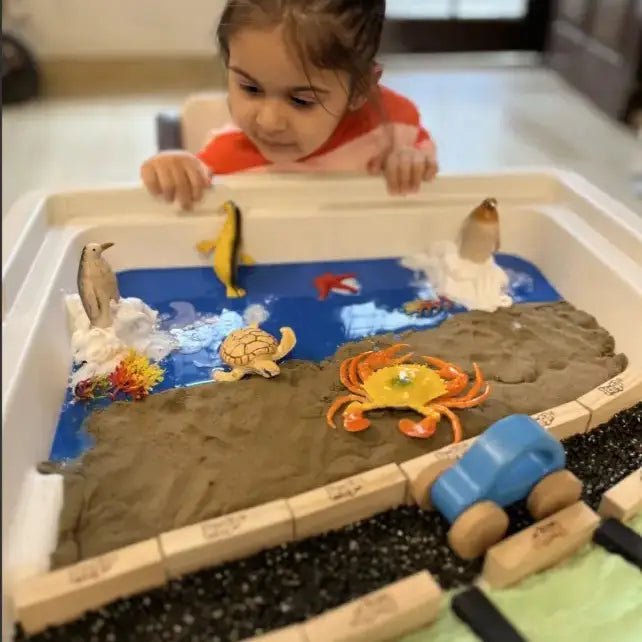
Nature-Based Sensory Play: Simple Ways to Use Natural Elements
Nature-Based Sensory Play: Simple Ways to Use Natural Elements
- By Sanaa Syed

There’s something magical about watching children interact with nature. I’ve often found my little ones completely engrossed in the simplest things, digging tiny holes in the garden soil, arranging colourful pebbles like treasure, or collecting wildflowers on a morning walk.
They never seem to need instructions when they’re surrounded by natural elements. And honestly, these moments have reminded me that nature is not just a backdrop, it’s an active participant in a child’s sensory development.
Little Moments That Matter
One afternoon at the beach, my daughter spent nearly two hours building a sandcastle. It wasn’t just about the structure, it was about feeling the grainy texture between her fingers, watching the water trickle through, and the thrill of finding a perfect seashell to crown her creation.
Another day, she lined up smooth, shiny pebbles in a row, giving each one a name and story. These moments are raw, unscripted, and deeply sensory.
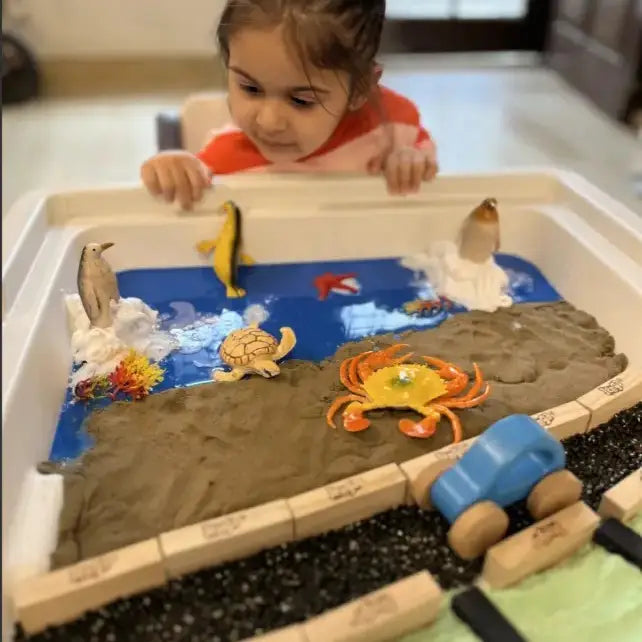
Easy Nature Play Ideas
Over time, I’ve found simple, creative ways to bring these nature-based experiences into our everyday life, even indoors.
-
Colourful pebbles, for instance, are one of our favourites. We keep a jar on the shelf and use them for pretend cooking, pattern making, or just to run our fingers through when we need a calming activity.
-
Beach sand is another go-to. When we can’t go to the beach, we create our own little coastal corner at home using a tray filled with beach sand. It's perfect for building castles, tracing letters, or simply squeezing for a bit of sensory calm.
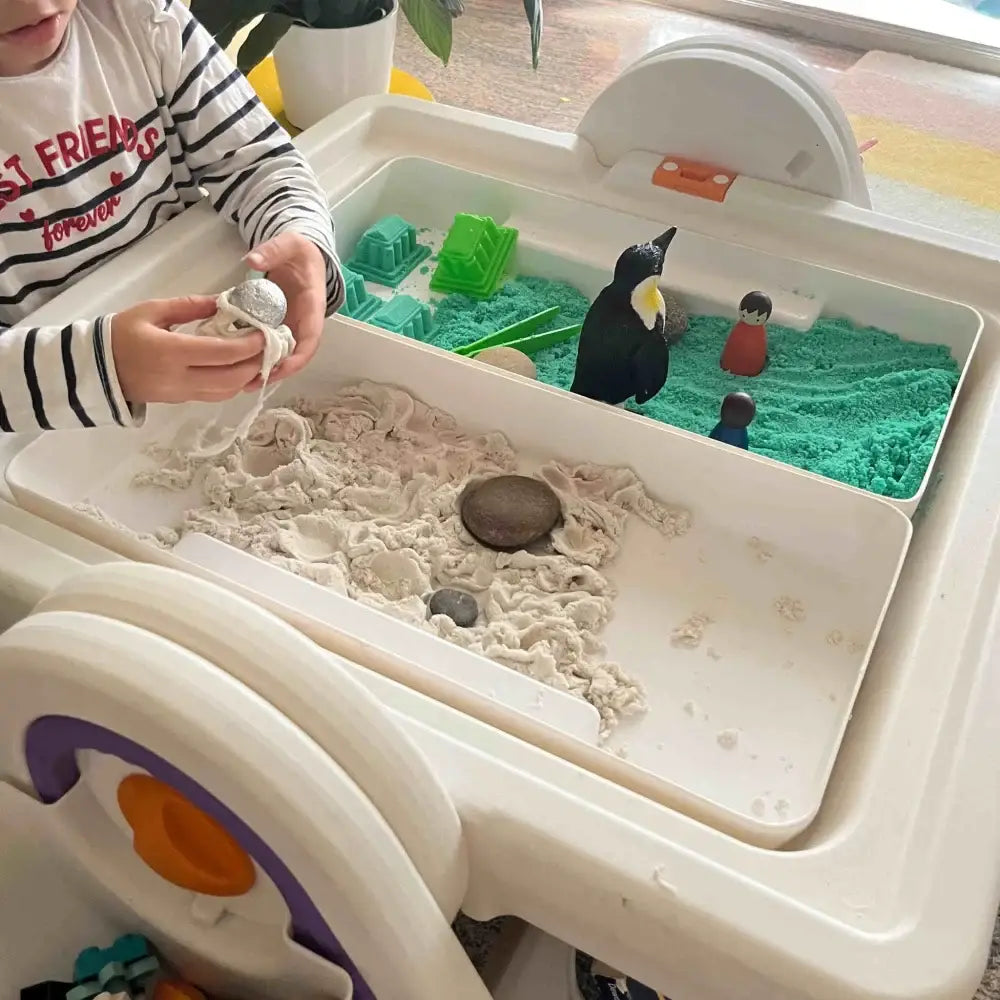
-
Leaves, twigs, pinecones, and flower petals often find their way into our sensory play bin too. We make nature collages, float petals in water bowls, or create tiny fairy homes from sticks and bark.
It doesn’t have to be elaborate, what matters is the texture, the scent, and the experience of engaging with something real.
How We Play Indoors Too
-
The latest addition that’s really made this easier for us indoors is the Miniture FlexDesk. With its new water pump, we’ve been able to incorporate water play without the mess, using natural materials like river stones, petals, or even pieces of fruit for float and sink experiments.
-
It’s become our portable sensory station and I can set it up in minutes whether it’s a rainy day or we just want to wind down after school.
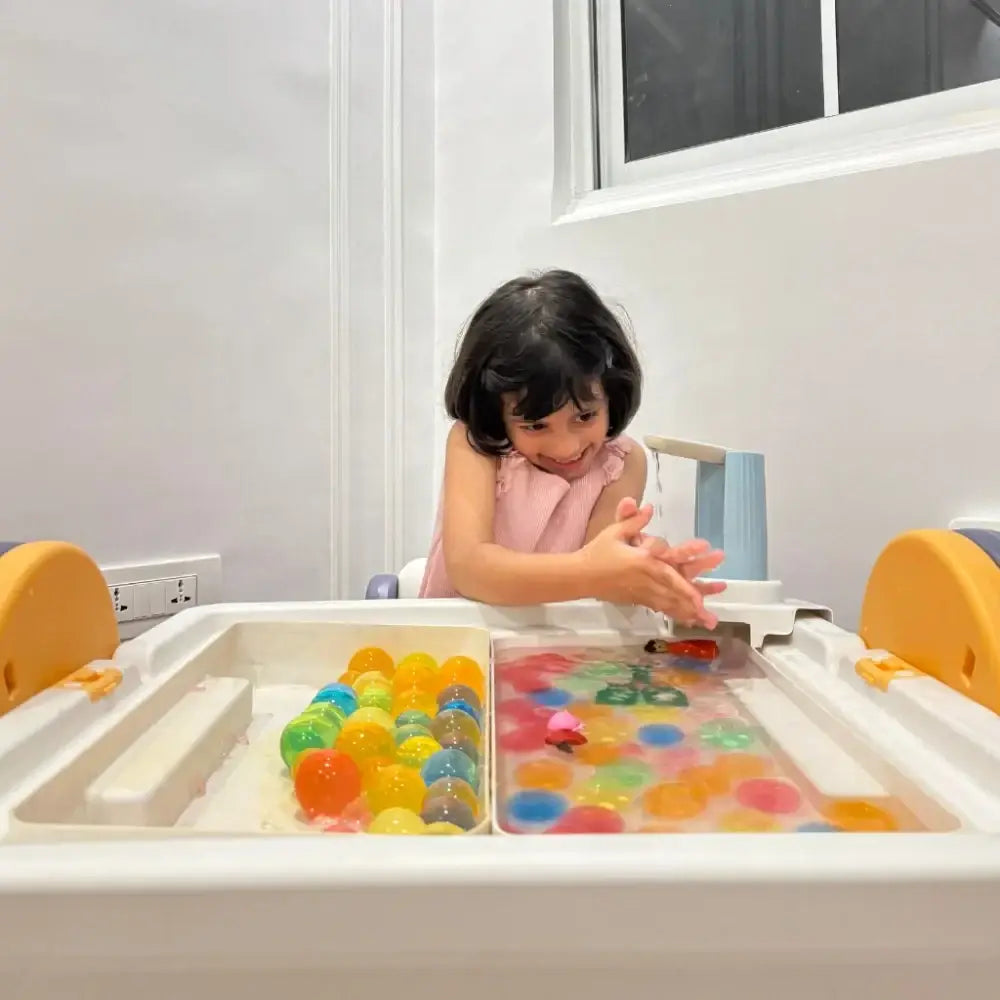
-
If real sand isn’t an option, there are plenty of stimulating alternatives, playsafe kinetic sand being one of the best. It mimics the feel of wet sand but is much easier to clean and doesn’t scatter all over the place. Plus, it holds its shape well, which makes it a hit for building tiny forts or roads for toy cars.
Nature is Enough
At the heart of it, these nature-based sensory experiences are not just about play, they’re about connection. Simply stepping outside, lying on the grass, watching ants scurry by, or feeling the breeze, these small moments are invaluable.
Nature doesn’t just entertain, it heals, grounds, and inspires. And for little ones, it’s one of the most beautiful and essential classrooms there is.
